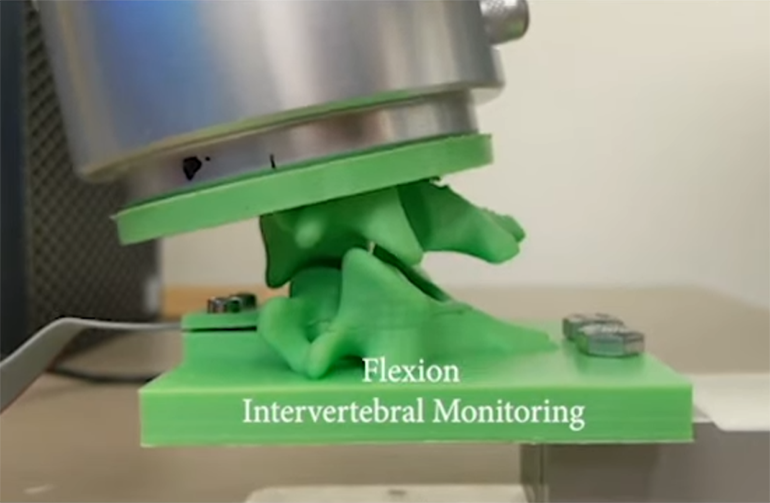There are always a number of incentives driving our push for growth. However, the idea of being able to live a better life probably tops them all. By striving towards that next step, we give ourselves a real chance at an experience, which is much more meaningful than anything we have gone through before. This, in turn, allows us to widen our horizons over time and consequentially, evolve into someone significantly wiser. Now, when you assess the benefits of such a system, one that will stick out quite easily is technology. You see, technology might look like a far and beyond creation in its nature, but it is actually constructed from our every little experience. Using real-world experiences, in fact, helped us big time around aligning technology with what we needed within particular areas. For instance, the creation’s work in the medical sector was largely driven by our knowledge of certain existential problems that previously troubled the sector. To solve these problems, we would produce various tech takes, and our latest bid that carries the said trend comes on the back of a Florida Atlantic University’s breakthrough.
The researching team at Florida Atlantic University has successfully developed a robotic spinal replica, which is designed to help medical professionals in gauging intervertebral loads, while the spine takes up different postures. Built on patient’s CT data, the device also enables the professional in regards to inserting an artificial disc implant for the purpose of measuring what impact it leaves on movements and intervertebral loads of the spinal replica. If the approach does turn out to be sustainable, it can really scale up the whole planning process for spinal surgeons, a process that is currently deemed quite limited in its capabilities. At present, the surgeons only have imaging data to rely upon when making cervical disc implant recommendations. There is literally no information whatsoever to learn the biomechanical effects in play. However, powered by soft magnetic sensors and machine learning algorithms, the 3D spinal replica solves this conundrum rather efficiently.
“This new approach has a powerful potential to enable surgeons to preview and compare the effects of different surgical interventions in a patient-specific manner using robotically actuated spine twins,” said Frank Vrionis, a researcher involved in the study. “Moreover, the novel system could help in determining whether a constrained, semi-constrained, or unconstrained device could be the best fit or even a fusion device.”
The robotic replica has, thus far, shown potential in assessing five different spinal postures, including mid-extension, extension, center, mid-flexion and flexion, but there are concrete plans to make it cover a wider radius in near future.



















